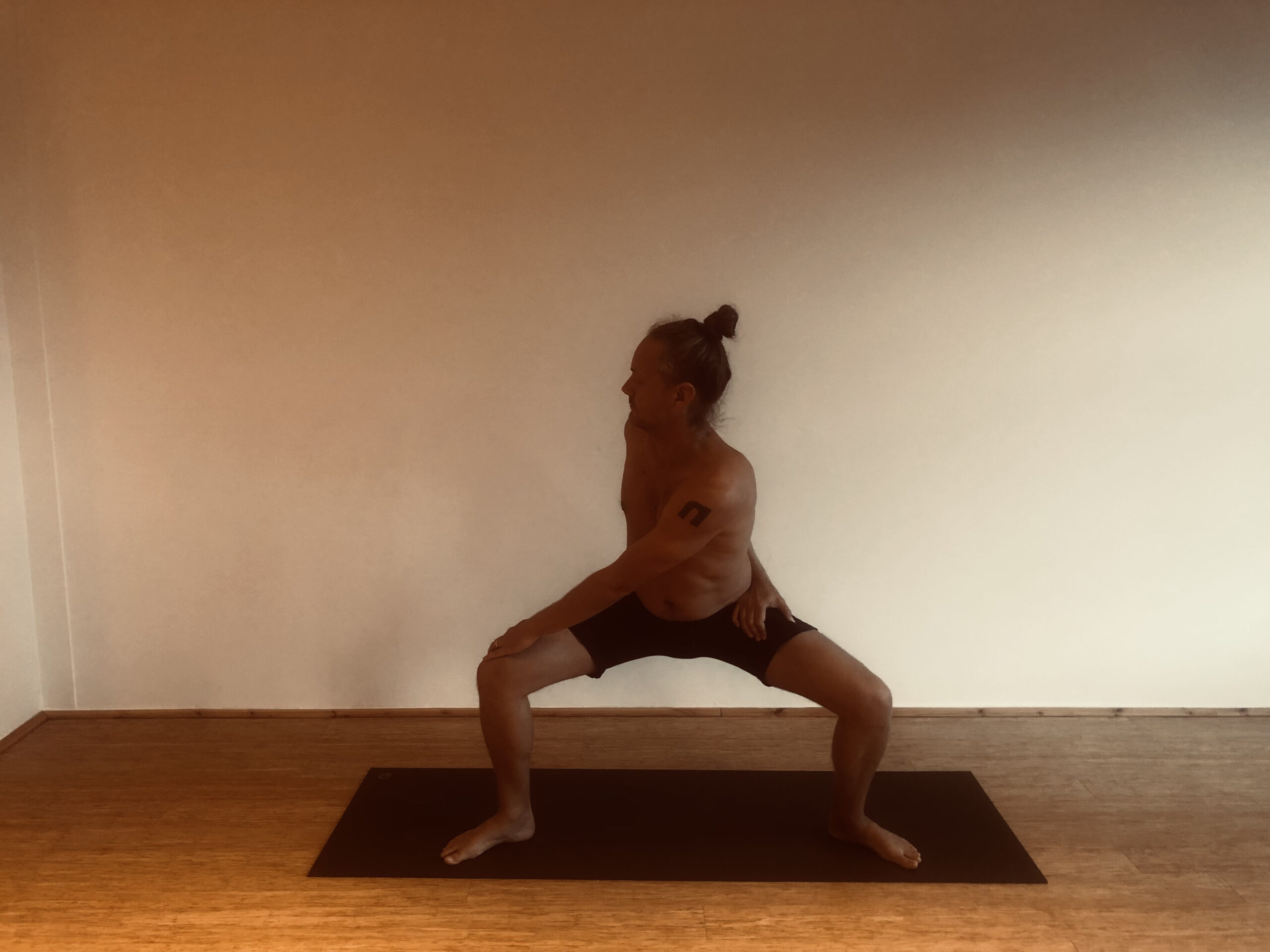Ujjayi pranayama (sounds a little like ooh-ja-eee) is a technique that allows you to calm your mind by focusing on your breath. Ujjayi pranayama translates as victorious breath. It helps you to keep in a meditative state by overriding the thoughts that may distract you. So how does it help in a more dynamic movement-based Yoga practice? Well, it is the most common and effective way of controlling your breath. In a Flow class the breath is equally important (if not more important) than the postures themselves.
HOW TO PRACTISE UJJAYI BREATHING
This pranayama (or breath control) is always practised with the breath flowing in and out through the nostrils. To create the Ujjayi breath you constrict the back of your throat in a similar way to how you do when you are talking in a whisper. The breath is therefore audible, with the sound often being compared to that of the ocean.
Before practising this breath, be mindful of any tension held in your teeth, jaw, throat or neck and let it go. You move into this way of breathing by sealing your lips and breathing naturally in and out through your nose. Imagine the breath passing through the back of your throat. Feel as though the breath is stroking the back of your throat. The constriction is like you’re breathing through a thin straw. This serves to build heat in your body. When you breathe like this it starts to sound like slow waves, Darth Vader or someone sleeping but not quite snoring. It’s a ‘haah’ sound. But the sound is smooth and steady with continuous, uninterrupted cycles of inhales and exhales, so often you cannot tell the difference in sound between the exchange of the in and out breath.
WHY SHOULD YOU DO IT?
Ujjayi breathing is a type of breathwork that can help you relax and focus on your breathing rather than on stressful thoughts.
The sound that Ujjayi provides helps you to synchronize breath with movement during Yoga, so you can maintain a steady rhythm while you practice (improving respiratory efficiency), enabling you to stay focused and centred as you flow from one posture to the next.
When you first start practising Yoga you work on the gross level, focusing on the form body in your asanas. This practice over time begins to shift, stretch and soften the channels of your subtle body and prana moves more freely, calming your mind. All this is very helpful, but then the attention of the Yogi naturally turns to the subtle energy of the breath. When your breath comes under control, so too does your mind.
Slow Ujjayi breathing induces calm due to its connection with the parasympathetic nervous system. While it’s intended use is in Yoga asanas, if you find yourself agitated, jittery, stressed or nervous, the slow and rhythmic nature of the Ujjayi breath is incredibly helpful to calm your nerves. Try 10 rounds of Ujjayi breath whenever you find yourself becoming aggravated or stressed and see how it can shift the way you feel.
